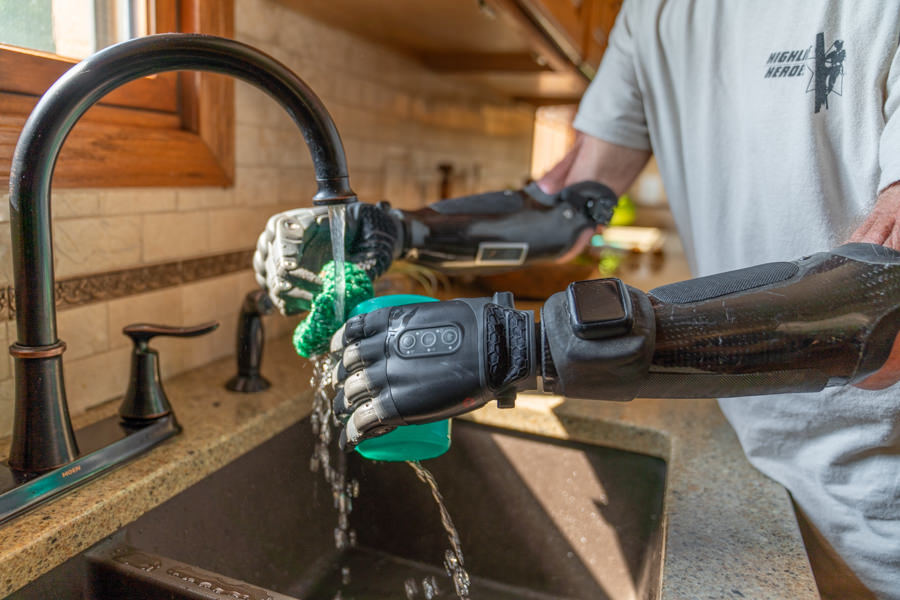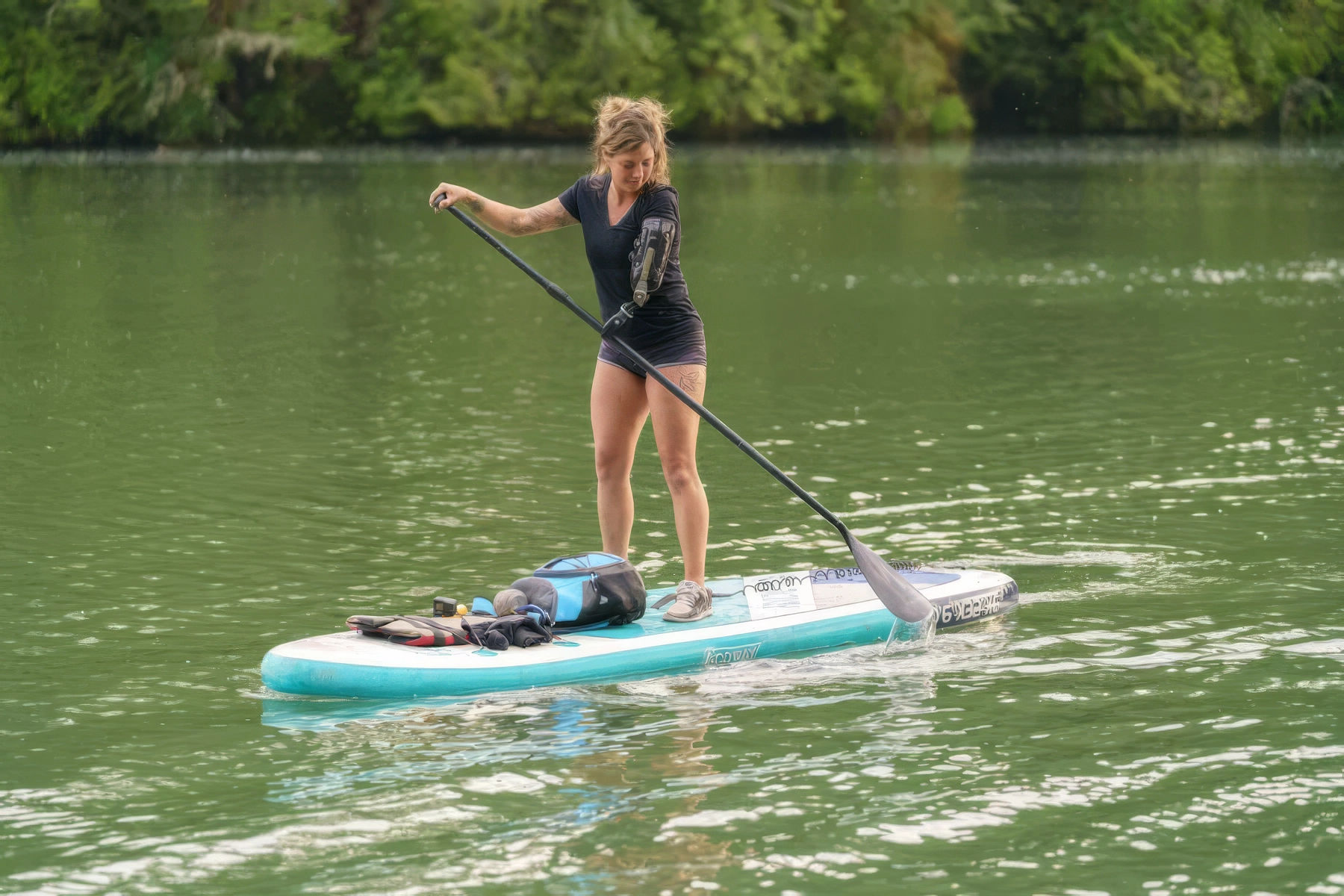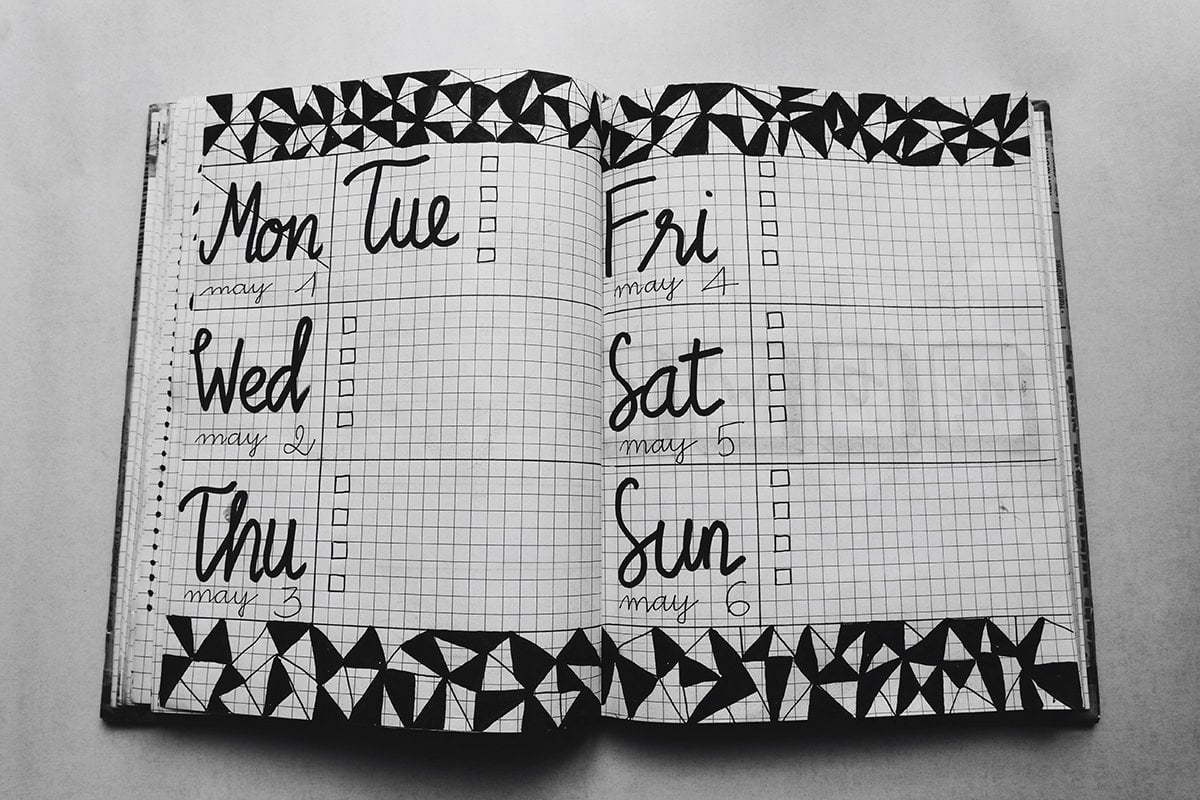We get it. You are tired at the end of the day. You still have to change into your PJs, brush your teeth, wash your face — it’s hard to add another thing to the list. But we can tell you that by taking care of your device with the few simple steps below, your prosthesis will work better and last longer.
Be sure to also keep up on regular maintenance appointments as well — keeping your device in the best shape you can will ensure it’s there for your when you need it! Of course, please also follow the directions that came with your device, and what your prosthetic team has told you.
Socket Care:
- Wipe out your socket every day using soap and warm water. If necessary, use a scrub brush to get in there, especially if the socket is too narrow to reach into.
- Wipe out your socket a second time with a clean, damp cloth to remove all traces of soap residue.
- Dry the inside of your socket thoroughly and allow it to air out overnight.
- To prevent bacterial growth and to minimize odor, it is recommended that you wipe the outside of the prosthesis and the inside of the socket with rubbing alcohol daily. Placing some in a spray bottle makes it easy to apply. Allow it to air dry and make sure that it is completely dry before putting it on. Dampness can cause skin to stick, rub and become irritated.
Passive:
- Some passive prosthetic devices are sturdier than others. Again, follow the directions you were given.
- More delicate passive devices should only be cleaned using rubbing alcohol before being stored in their box when not in use.
- For sturdier passive devices, you can use compressed air to start – that will blow away a lot of the debris. Then they can be cleaned with water. If your instructions allow you to use soap, be sure to rinse well.
Body-Powered:
- Body-powered devices are known for being the sturdiest of all devices, but they should still be cared for.
- You can use compressed air to start — that will blow away a lot of the debris.
- You can usually use soap on a body-powered device. Be sure to wipe your prosthetic socket (the inside) at the end of the day, rinse well to remove any soap residue, then make sure to either use compressed air to dry it or let it dry in a way where any water can drain and evaporate completely. Some parts of your device may not be made of stainless steel and may rust if left wet.
- The frame (outside) of your prosthesis can be wiped down and even scrubbed if necessary.
Externally Powered/Myoelectric Care:
- Never submerge any part of your electric prosthesis in any liquid unless specifically indicated by your prosthetist.
- Know that sweat can damage the electrical wiring in your device but visiting your prosthetist twice a year for regular maintenance can prevent the damage from becoming permanent.
- Avoid getting any moisture in or around the charging port or battery.
- If available, you can use compressed air to start – that will blow away a lot of the debris.
- Electrodes may be cleaned in a similar manner as the socket, but the cloth should not have excessive water on it.
- When turning a myoelectric prosthesis off for the day, the hand or terminal device should be in an open position. Batteries should be removed and charged. If there is an internal battery, be sure the prosthesis is switched off and then plug in the battery charging cord leading from an electrical outlet.
- Some cosmetic gloves stain easily so it is best to avoid glove contact with ink, newsprint, mustard, grease, dirt and other staining materials. Clean the glove daily or when soiled with a damp cloth or sponge but avoid immersing the glove in water. Rubbing alcohol or a waterless hand sanitizer should also be used to eliminate bacteria.
- If there are cuts or cracks in the glove, be especially careful with liquids, sand, dirt or anything else that could get to the electronic and mechanical equipment under the glove. Inform your prosthetist when a new glove needs to be ordered and applied.
- Inspect the prosthesis daily for worn or frayed areas, loose components, cable issues or other prosthetic problems. Contact your prosthetist if repairs are needed.
If your prosthesis includes a harness, the harness should be cleaned daily, rinsed well and allowed to air dry thoroughly.
In a pinch, even a baby wipe or even disinfecting wipe can be used to help clean your prosthesis. Remember that by cleaning your prosthesis, you are helping it go the distance.
Do you have some tips or tricks when it comes to the daily care of your prosthesis? Please leave them in the comment section below. If your prosthetic device is in need of maintenance, we can help you with that! Please contact us with any questions you may have.
For more Arm Dynamics articles, see related resources here:








%20President%20and%20Senior%20Clinical%20Director.jpg?width=600&height=600&name=John%20M.%20Miguelez%2c%20CP%2c%20FAAOP(D)%20President%20and%20Senior%20Clinical%20Director.jpg)










Comments (2)